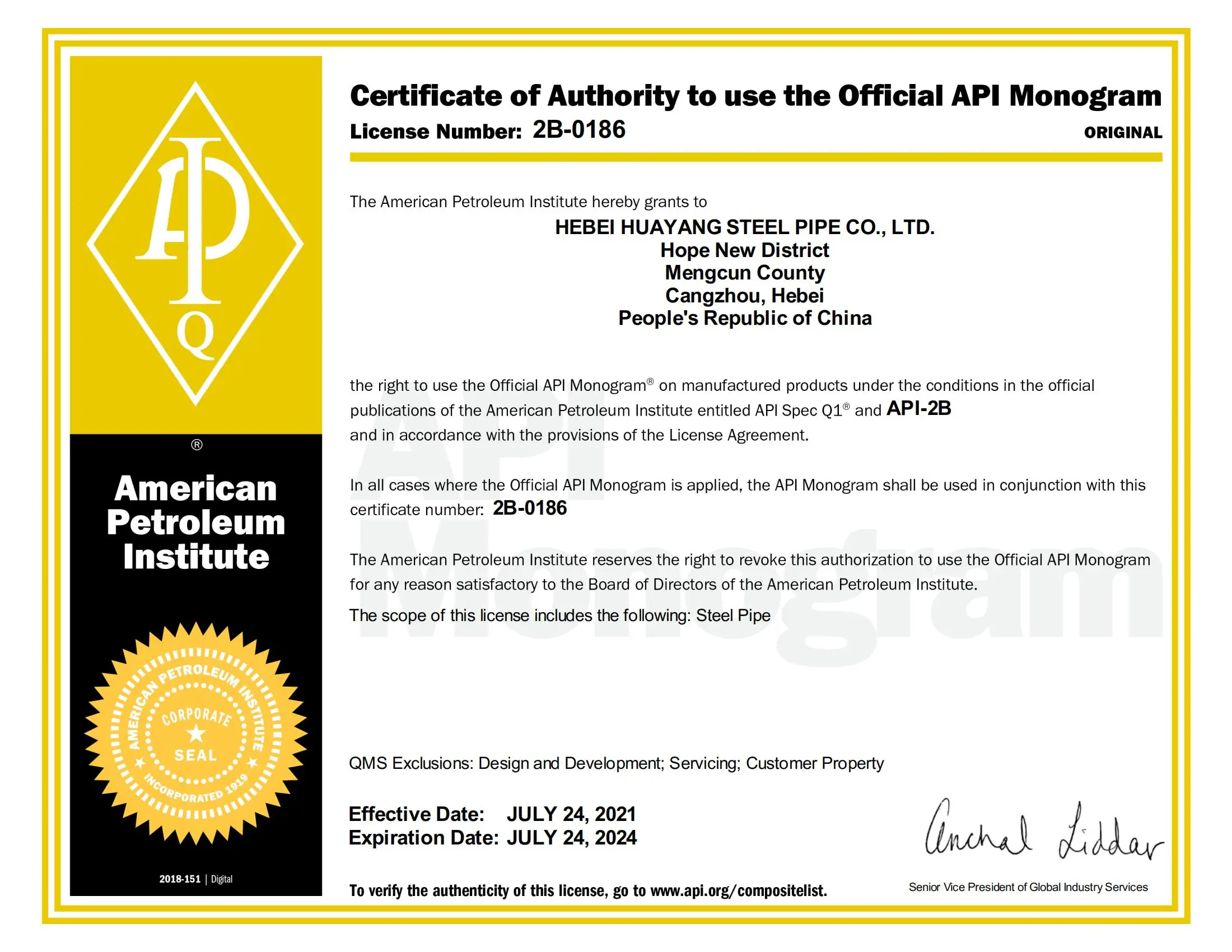
Dec . 17, 2024 08:36 Back to list
Understanding Hydroxypropyl Methyl Cellulose and Its Applications in Various Industries
Understanding Hydroxypropyl Methylcellulose A Versatile Material
Hydroxypropyl Methylcellulose (HPMC) is a widely-used compound derived from natural cellulose. It belongs to the family of cellulose ethers, which are derived from the natural polymer cellulose through a series of chemical modifications. HPMC is a white, odorless, and tasteless powder that is soluble in cold water but insoluble in hot water, making it a unique ingredient in various applications across multiple industries.
One of the most significant features of HPMC is its ability to form a gel when mixed with water. This property makes it an excellent thickening agent, which is why it is commonly found in food products, pharmaceuticals, cosmetics, and construction materials. In the food industry, HPMC is used as a food additive, contributing to texture and stability in products like sauces, dressings, and bakery goods. It helps improve the mouthfeel of food and can control the release of flavors, making it a popular choice among food manufacturers.
Understanding Hydroxypropyl Methylcellulose A Versatile Material
The versatility of HPMC extends further into the cosmetics industry, where it is a common ingredient in personal care products such as shampoos, lotions, and creams. In these applications, HPMC acts as a thickening agent, stabilizer, and emulsifier, helping to create smooth and spreadable formulations. It helps to prevent water loss, making it an effective ingredient for moisturizing products.
what is hydroxypropyl methyl cellulose

In addition to these sectors, HPMC plays an essential role in construction. It is used in tile adhesives, cement, and plaster due to its water-retention properties, which improve workability and adhesion. When added to construction materials, HPMC helps to maintain moisture, ensuring that the materials cure properly and achieve their intended strength.
Environmental considerations are increasingly relevant in today's world. HPMC is considered relatively safe and environmentally friendly. It is biodegradable and has minimal impact on human health when used within recommended guidelines. This aspect is particularly appealing as industries seek sustainable alternatives. Manufacturers and consumers alike are becoming more conscious of the ingredients in their products and are favoring those that are derived from natural sources without harmful effects.
However, despite its many advantages, it is important to note that HPMC can cause allergic reactions in some individuals, though such cases are rare. Regulatory bodies such as the FDA and EFSA have classified HPMC as safe when used appropriately, but ongoing research is essential to fully understand its long-term effects and applications.
In conclusion, Hydroxypropyl Methylcellulose is an incredibly versatile material that plays a critical role in numerous industries. From food products to pharmaceuticals and cosmetics to construction materials, its unique properties and wide-ranging applications make it a vital component in modern manufacturing and formulation. As industries continue to innovate and seek sustainable options, HPMC is likely to remain a staple ingredient, bridging the gap between functionality and environmental stewardship. Understanding HPMC and its uses can help consumers make informed choices while allowing manufacturers to create effective and safe products.
-
Versatile Hpmc Uses in Different Industries
NewsJun.19,2025
-
Redispersible Powder's Role in Enhancing Durability of Construction Products
NewsJun.19,2025
-
Hydroxyethyl Cellulose Applications Driving Green Industrial Processes
NewsJun.19,2025
-
Exploring Different Redispersible Polymer Powder
NewsJun.19,2025
-
Choosing the Right Mortar Bonding Agent
NewsJun.19,2025
-
Applications and Significance of China Hpmc in Modern Industries
NewsJun.19,2025







